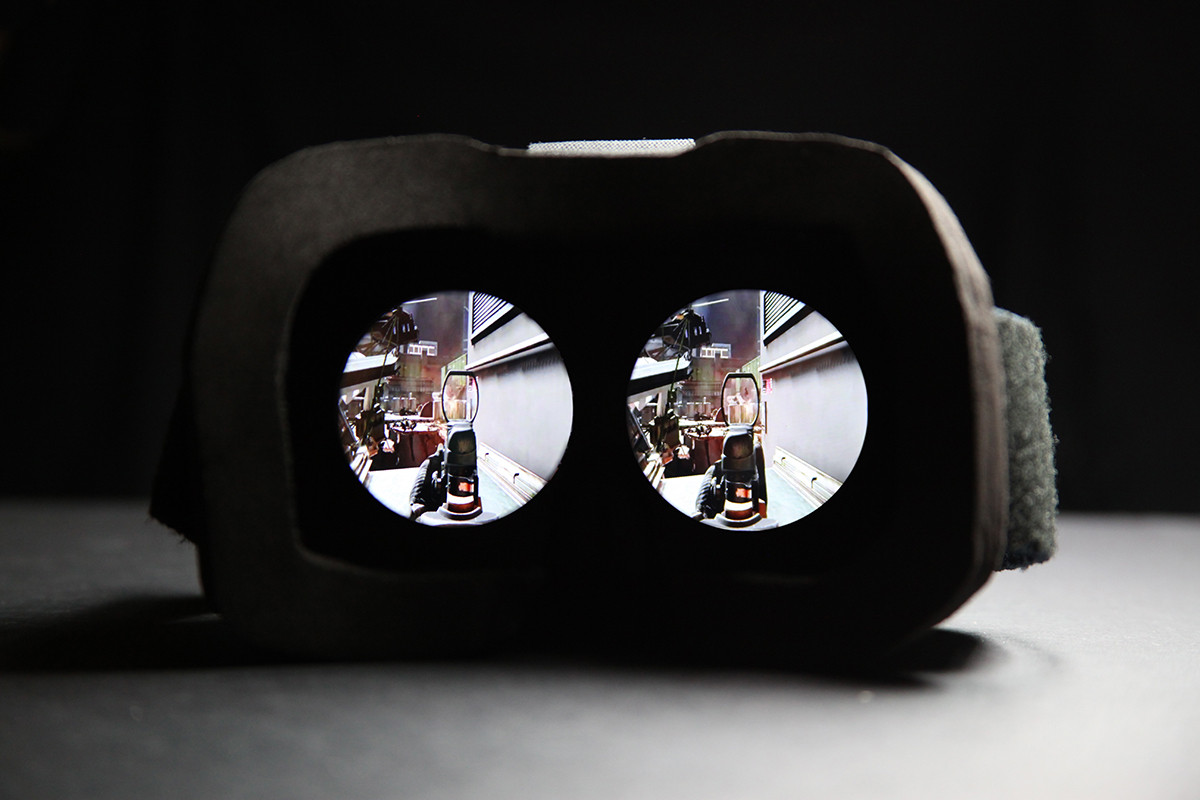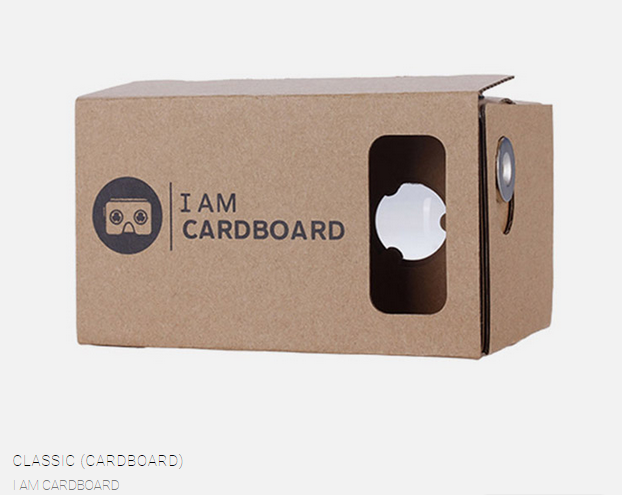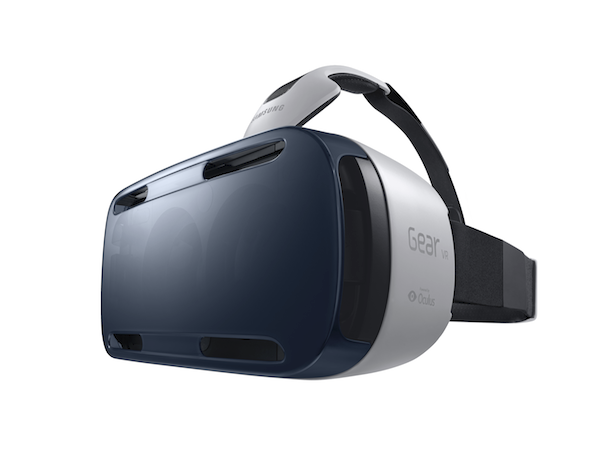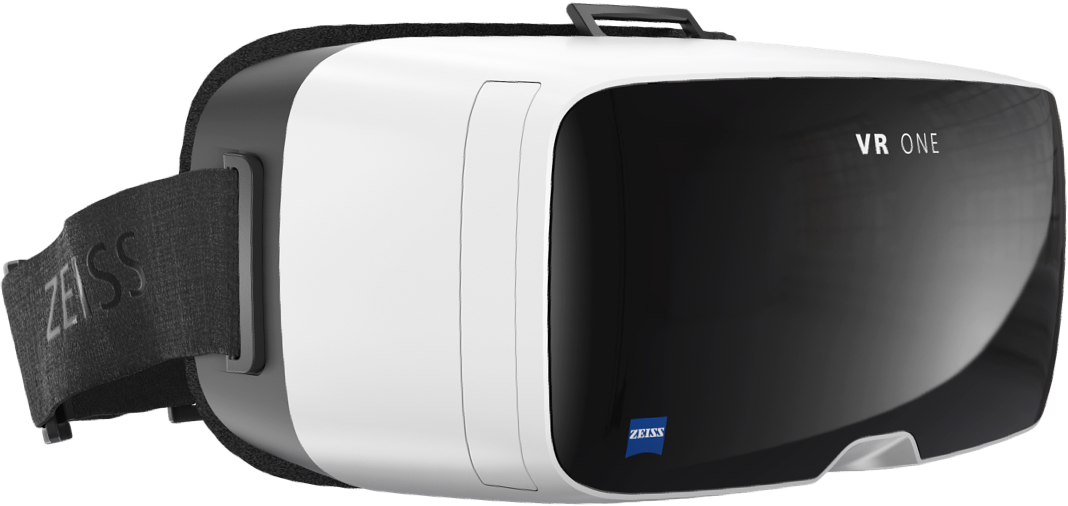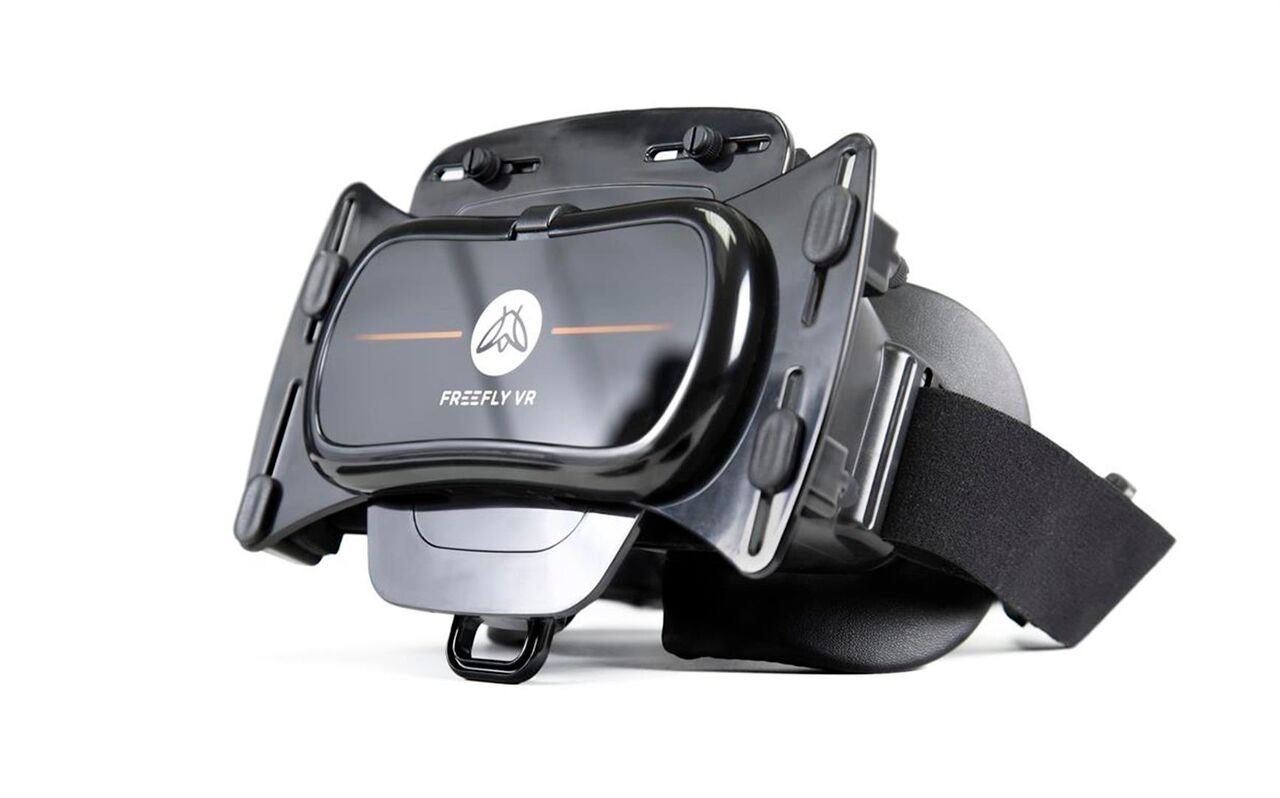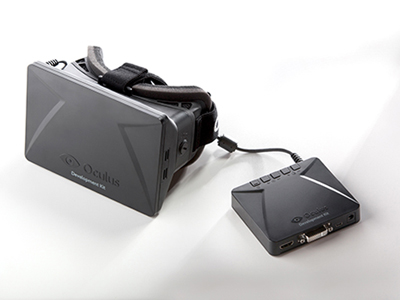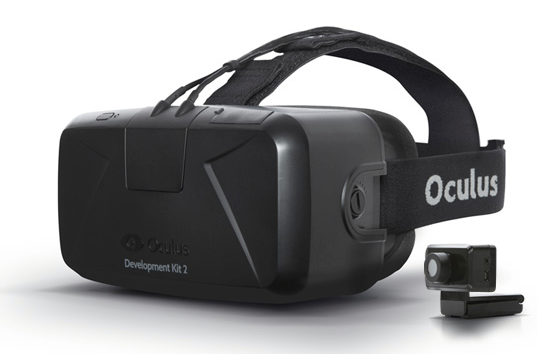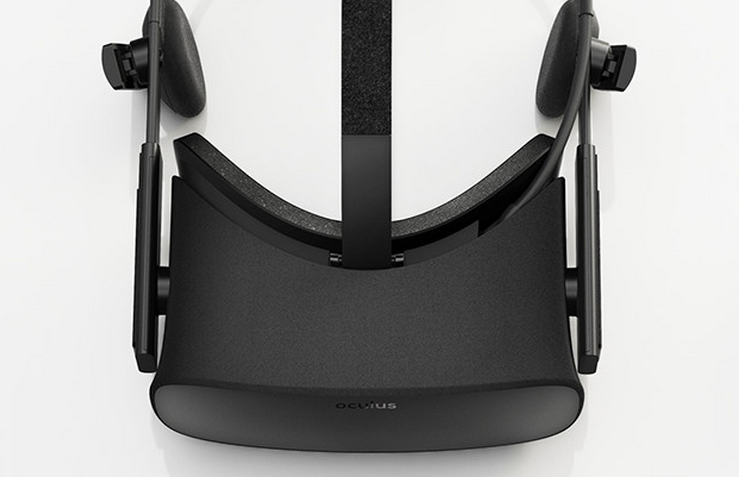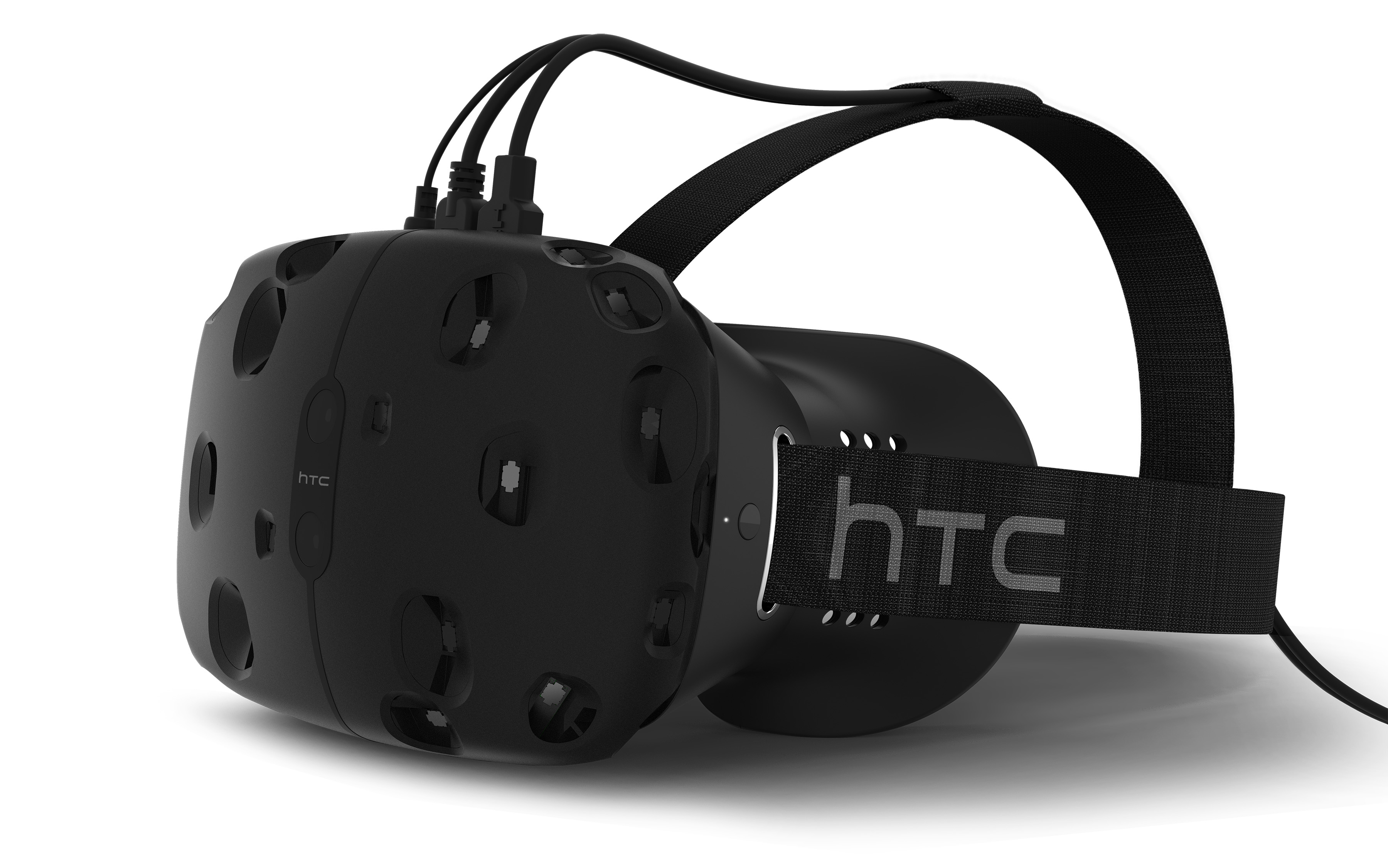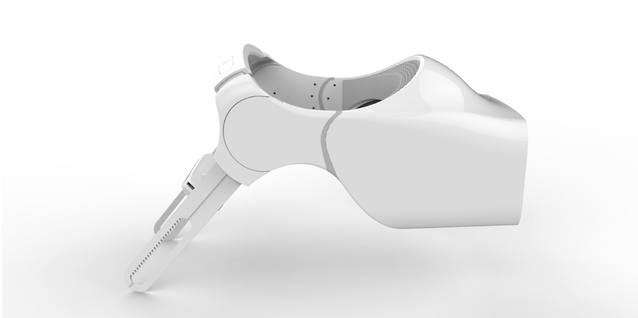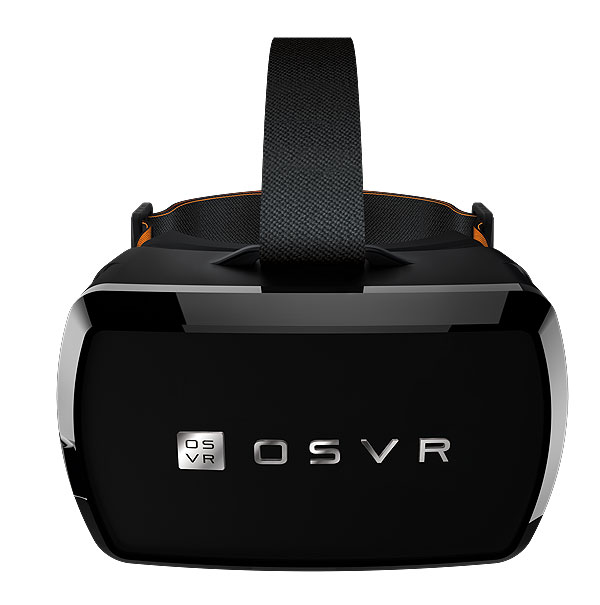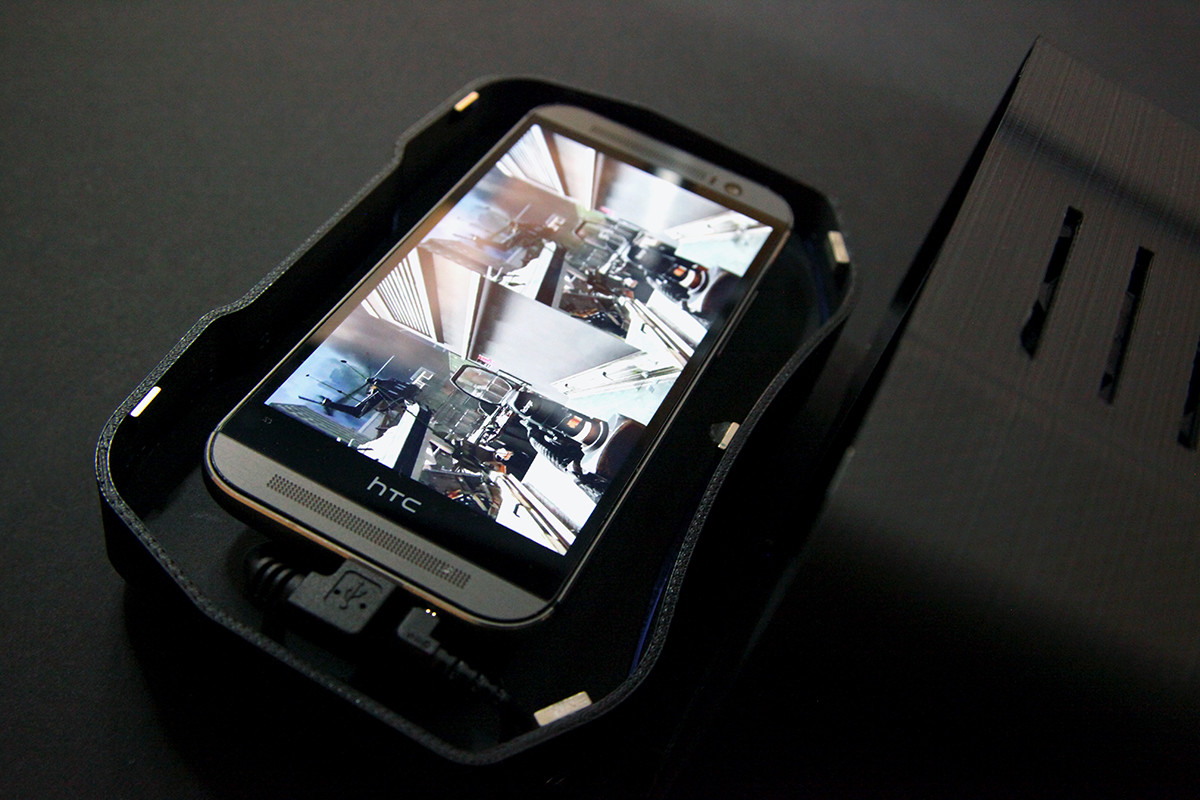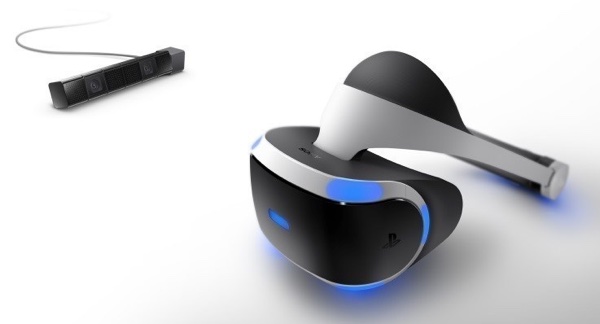Every Type Of VR Headset (So Far), Explained (Updated)
Virtual Reality is being hyped up everywhere you look. Hardware companies, software developers and consumers alike are excited for what the future holds with VR technologies. The problem with excitement from hardware companies this early in the market is that consumers get confused, and the market becomes fractured. There are more than a dozen virtual reality headsets either in development or soon to be released, along with many already available for purchase today. How do you know which one to choose?
The currently known HMD solutions can be grouped into three distinct segments of virtual reality: the premium PC-connected full-immersion experience; the premium smartphone headsets that you wear; and the entry-level, cost-efficient handheld VR solutions. Each of these approaches offers the user a very different experience, despite carrying the blanket description of "virtual reality display."
It's important to know the distinctions before jumping into VR. There's a lot of hype around virtual reality, for good reason, but you shouldn't expect that a $20 smartphone attachment is going to give you the same experience as you would get from a dedicated head mounted display connected to a PC.
Handheld VR Kits
To truly understand what virtual reality has to offer, you really do need to try it for yourself. No matter how many times you read about it, you'll never fully understand until you've experienced it. To get the world excited about virtual reality, people need a way to experience it at an affordable cost. This is where the entry level solutions come in handy.
Google launched Cardboard over a year ago and has since refined it and launched a second edition. Google's solution is an open source platform that allows other companies or individuals to design their own rendition of Cardboard using specifications available from Google. As a result, there are over a dozen different certified Google Cardboard goggle sets available from companies such as Dodocase. Most of these options are actually made of cardboard, but some, like the C1-Glass, are made of more rugged materials such as plastic and aluminum.
The Cardboard specification does not take into account a head mounting mechanism of any kind. This limits the games being developed for Cardboard to simple gyro controls, and a single click option provided by a magnet inside the headset. This button can be used for basic functions such as a trigger for guns, or to select menu options. Experiences for this style of VR are best suited for shorter experiences such as watching a music video or casual gaming. Holding your hands up for long periods of time can be tiring, so you likely wouldn't want to watch a full length movie like this.
Google isn't the only company making handheld VR sets for smartphones. Hasbro has the MY3D Viewer. This kit is made of plastic, similar to what you would expect on a child's toy. MY3D Viewer is designed specifically for use with iPhone or iPod touch devices from Apple. There is no support for Android with this handset.
Get Tom's Hardware's best news and in-depth reviews, straight to your inbox.
Premium Smartphone VR HMD
The next category of virtual reality headsets is what I call the premium smartphone HMDs. Although this is not an official distinction, these devices offer a few key advantages over the cheaper Cardboard-like devices.
VR sets in this category include straps to keep the headset securely on your head, and the freedom to use a game controller, or even an accessory like the Leap Motion. These products are generally made of plastic with a secure compartment for your smart device. Many are available for various smartphones, and some will even support large form factor phones such as Galaxy's Note line and Apple's iPhone 6+.
These higher-quality headsets range in price from slightly less than $100 to over $200, but they offer the option to use a Bluetooth gamepad to control more complex games, and the comfort to sit back and relax while watching passive content, without having to hold your phone to your eyes.
Samsung's GearVR is easily the most recognizable and well known name in this category, but it is also the most expensive at $199. Samsung enlisted the help of Oculus to design GearVR. The company then followed Oculus's lead by releasing the Gear VR Innovator Edition as a developer kit first. The final retail product has yet to be announced, but it has been promised before the end of this year. Gear VR is designed to work with the Galaxy Note 4, while the Gear VR innovator edition works with the Galaxy S6 and S6 edge.
The Zeiss VR One uses Zeiss precision lenses that can be used with smartphones from 4.7 to 5.2 inches, and it's available for $99. This headset has a unique cartridge design to hold your smartphone. These cartridges can be 3D printed to fit a number of popular smartphones perfectly, using files freely available on the company website.
Freefly VR has a headset available with a 120-degree field of view, which is larger than most companies offer. The headset is designed to accommodate 4.7- to 6.1-inch smartphones, and it's compatible with both Android and iPhone devices. There is a list of compatible devices listed on Freefly's website. The FreeFly VR headset was first launched at $110, but the company is now selling it for $69. For that price you get the headset, which has a soft facemask and headstrap, along with a protective carrying case.
We recently reported the launch of NextCore's Noon VR mobile HMD priced at $89. NoonVR isn't just a headset, though; NextCore has partnered with Koom VR, which is a VR content delivery system. It features a 3-way harness to keep it secure, as well as an IPD adjustment dial. Noon VR's headset offers 95-degree views.
The Homido smartphone virtual reality headset is another option available for Android and iOS devices. It features interchangeable soft contact surfaces and a 100-degree viewing angle from custom lenses that have IPD adjustment. Homido has designed this headset to accommodate people who wear glasses, and it includes settings for near- and far-sighted individuals, on top of those with normal vision. Homido also includes "Homido Center," which contains a curated list of all compatible applications and experiences. There is no American price listed on the website (it sells for 69.99 euro), but it will ship worldwide.
Archos, which makes its own line of tablets and smartphones, offers its own VR headset. This headset is one of the few that is compatible with Windows Phone devices, though there are limited software options for this platform. Archos recommends using a device with a 5-inch screen and 1080p or higher screen resolution, but it will work with 720p and even 480x800 displays. The viewing angle for this device is unknown.
There a few other options in this space that are not available in the United States, and there may be a headset or more that were missed in this roundup -- it seems like a new VR company pops up every few weeks these days.
Premium PC-Connected Headsets
Although the experience you get from smartphone-based VR can be very compelling and is certainly a very impressive experience when you've never tried virtual reality before, the truly immersive VR experiences come from PC-connected headsets. These devices offer a far more robust experience, with different input devices and higher fidelity graphics. This is not to mention that full length gaming experiences are being developed for these devices, and support will only pick up from here.
The most famous and obvious entry in this list is the Oculus Rift. Oculus first launched its Kickstarter campaign back in August of 2012, which at the time generated world-wide buzz for the company. Oculus's co-founder and device inventor, Palmer Luckey, is largely credited with the revival of virtual reality.
Oculus Dev Kits
Out of that Kickstarter project came the first edition of the Rift Developer kit, or "DK1." This early device offered developers a glimpse at what VR would later become, and many early adopting tech and gaming aficionados quickly snapped them up to get a feel for VR. The DK1 was never intended for consumer release, and it is a far cry from what the second edition provided.
Oculus DK2 was released in the summer of 2014. This kit offered a higher-resolution display to counter the glaring problem of "screen-door" effect with the lower-res DK1 display. Along with the higher resolution, the Rift DK2 included an IR camera that was used to track your position in space. The combination of gyros and IR camera resulted in a much better experience, yet obviously it was still not ready for consumer release. Many gamers have since snatched them up, and a DK2 does offer one of the best experiences you can get today for home-based VR PC gaming.
The company has since gone through a number of internal prototypes that were never released to developers, or the public. These were shown at various press and trade show events, and met with much fanfare. Those lucky enough to have tried the various versions have praised the improvements from generation to generation.
Retail Rift
Earlier this year, Oculus showed the world a nearly finalized iteration of the Rift and said that the device will be shipping in early 2016, with pre-orders opening up later this year. The retail version features a higher-resolution display and a pedestal-based tracking device. Oculus has also partnered with Microsoft to provide an Xbox One controller with every Oculus sold.
The company has yet to say what the cost will be, but it has previously stated that it was shooting for an affordable price point, though you will need a fairly powerful gaming rig to operate the device. The minimum graphic requirements for the Rift start with a GTX 970, or an R9 290, and Oculus stated that you'll need at least a Core i5-4590.
HTC Vive
Much less is known about the technical specs of HTC's Vive headset, despite the fact that the company has vowed to ship this calendar year. The Vive has been developed with the help of Valve Corporation, and promises a full room experience.
HTC has developed what it calls Lightroom, which is a set of sensors that can track your movement within a 15 x 15-foot virtual space. The Vive is also going to include its own proprietary controller system, which looks like a hybrid between a Playstation Move wand and a Steam controller. Experiences for this system will allow you to wander around within the tracked grid, and your hand and arm actions are tracked with the controllers.
FOVE
The other big player in the consumer-based PC connected VR HMD industry is FOVE. Earlier this year the company successfully completed a Kickstarter campaign to bring its own VR HMD developer kit to fruition, and Samsung made a sizable investment into the firm. With the funds that FOVE received from Samsung, it vowed to include Lighthouse tracking, which was a stretch goal that was not achieved.
FOVE's big selling point is a feature that no one else in VR is doing right now: The company has claimed to have developed the first eye-tracking VR headset. FOVE said that games will be even more immersive than ever when NPC's will be able to make eye contact.
Developer kits for FOVE backers are expected in May 2016, so we'll be waiting some time before these are available at retail.
OSVR
Open Source VR, OSVR for short, is a set of open source guidelines for creating VR content and hardware. The project was initiated by Razer and is meant to facilitate progress in VR development. OSVR is comprised of over 100 different partners, and many have contributed in creating the OSVR Developer kit.
This HMD is both a PC-connected device and a smartphone headset all in one. There are a number of different faceplates that are in development for it, including a smartphone attachment faceplate that replaced the internal display, and a Leap Motion integrated faceplate.
OSVR has started shipping to developers who signed up early, but it is not intended to become a retail product. It is simply being touted as an alternative to using separate developer kits to work on all these different technologies and platforms.
Sulon Cortex
Sulon is not very well known, but the company's HMD could really be something special. In March, our own Rexly Peñaflorida II had the chance to try it out.
Sulon's approach is somewhat of a hybrid of virtual reality and augmented reality. The Cortex headset features an orb on the rear that scans your surroundings in real time. The device is able to map the real world in real time as you move around. Sulon has also mounted two cameras on the front of the headset that let you see your actual surroundings.
The result is similar to what Vive has done, in that you can walk freely in VR, but it can adapt to the furniture and obstacles in your room, and is not limited to a 15x15-foot space.
StarVR
The StarVR headset comes from Starbreeze Studios (makers of Payday 2) and was announced days before E3 this year. This HMD takes a different approach than pretty much every other headset being built. It uses two screens, like many of the headsets, but they are positioned at opposing angles coming to a point in the front. Starbreeze said this gives the StarVR HMD 210-degree viewing angles, which it said is 75 percent of human peripheral vision.
StarVR has its own positional tracking system using fiducial markers. Starbreeze said this technique allows for 360-degree tracking with submillimeter accuracy. This system is capable of tracking multiple objects at once and will allow for peripherals such as light guns to be tracked in 3D space, as well.
Outliers
Now that we've gone through the majority of the headsets that can be easily classed, you should know about the few that don't really fit into the aforementioned categories.
Visus VR is one of those companies. Its take on the VR HMD is somewhat of a hybrid design between the premium smartphone and PC experiences. Visus VR is a headset designed for use with smartphones, but not to play mobile games and experiences. Visus makes use of the phone as a wireless display for your PC.
The company has creatively made use of Nvidia's GameStream technology to use your smartphone as a wireless display using the phone's Wi-Fi. Telemetry information is tracked by sensors built into the headset and communicated wirelessly back to your PC through a USB dongle. The result is a completely tether-free VR HDM for your PC.
Visus VR is available for pre-order for $149 and will ship internationally.
Sony's Project Morpheus is technically a premium experience product, but it is not going to be available for the PC. Instead, the company is developing its headset to work in conjunction with its Playstation 4 console. Sony plans to release the hardware sometime in 2016, and it is expected to offer a similar experience to the PC counterparts, with some games already announced as multi-platform releases.
Not Really VR
Microsoft's Hololens, while not technically virtual reality, deserves to be mentioned in this list, as augmented reality is making similar waves and is poised to be just as groundbreaking.
Hololens is a standalone computing device running Windows 10 that does not rely on a PC to operate. It is another wearable headset, but unlike VR, with AR you are not cut off from the surrounding world. Instead, the headset will project a hologram-like visual projection over real-world spaces. The use cases for this type of device range from casual computing to gaming, and even professional research.
Microsoft has not yet said when Hololens will be made available, but the company has demonstrated the technology's capabilities several times this year, and the future looks exciting for the headset.
CastAR
CastAR is another augmented reality system, which is still in development. It features a pair of glasses that house two projectors, one for each eye, that projects a display onto a special fabric surface. This can be used for playing augmented table top games, or spreading your computing area across a table. The device also includes a wand controller to manipulate the augmented view.
The company first launched a successful Kickstarter campaign back in 2013, and at the time it promised to deliver a product to backers by September 2014. We're now into August 2015, and backers are still awaiting their prototypes, but CastAR is committed to delivering. Last week the company secured $15 million in VC funding to help complete the project, and it said backers should see their headsets by the end of the year, or early next year. A consumer grade product, you can pre-order CastAR now for $400, and it's expected to be on the market by Christmas 2016.
Just The Beginning
We are just at the very beginning of consumer-based virtual reality, and there are bound to be many advancements and changes in the near future. Interest in the medium is only going to skyrocket from here, as more and more people get a chance to try out the experience for themselves.
Update, 8/25/15, 8am PT: Updated to include more entries.
Follow Kevin Carbotte @pumcypuhoy. Follow us @tomshardware, on Facebook and on Google+.
Kevin Carbotte is a contributing writer for Tom's Hardware who primarily covers VR and AR hardware. He has been writing for us for more than four years.
-
loki1944 Had 4 people try my DK2, not one of them was that impressed. And not a single one is planning on buying VR of any kind. I'll be impressed if VR even reaches the level of adoption of 3D Vision. I think AR like Hololens has much more potential and less downsides.Reply -
scolaner ReplyHad 4 people try my DK2, not one of them was that impressed. And not a single one is planning on buying VR of any kind. I'll be impressed if VR even reaches the level of adoption of 3D Vision. I think AR like Hololens has much more potential and less downsides.
Sounds like you need new friends. ;)
But seriously, I'm surprised to hear that. We in the tech media have a tendency to become a little jaded -- we see amazing tech all the time, and it can be hard to impress us -- but every other tech journalist I've talked to who has seen the higher-end VR demos is blown away. -
kcarbotte ReplyHad 4 people try my DK2, not one of them was that impressed. And not a single one is planning on buying VR of any kind. I'll be impressed if VR even reaches the level of adoption of 3D Vision. I think AR like Hololens has much more potential and less downsides.
This surprises me greatly.
What did you show them in VR? Was it a game that wasn't designed from the ground up in VR perhaps?
I've personally shown the DK2 to hundreds, if not thousands of people at our local comic con. Practically every single person walked away with thier minds blown.
VR will have limited adoption for the first few months, maybe the first year. I fully expect MASSIVE adoption soon after that. People that buy-in early will show it to thier family and friends and people will "get it". That's when sales will spike rapidly.
-
kcarbotte ReplyI think you guys forgot 3DHead, the largest headset clearly wins.
You're right. I completely forgot that 3DHead existed. It doesn't help thier case that it wasn't found in any of my searches for material for this article.
-
hoofhearted ReplyI think you guys forgot 3DHead, the largest headset clearly wins.
Who wants to look like 'Alien'? -
hoofhearted I think I'll wait til the more expensive units have been in retail for a year or so. But for now, my plastic $20 cardboard-like for my note4 will do.Reply -
SockPuppet I've taken my DK2 to work and shown it to about 100 people. Every single one of them was blown away. The first question they ask is "where can I get one of those?".Reply
